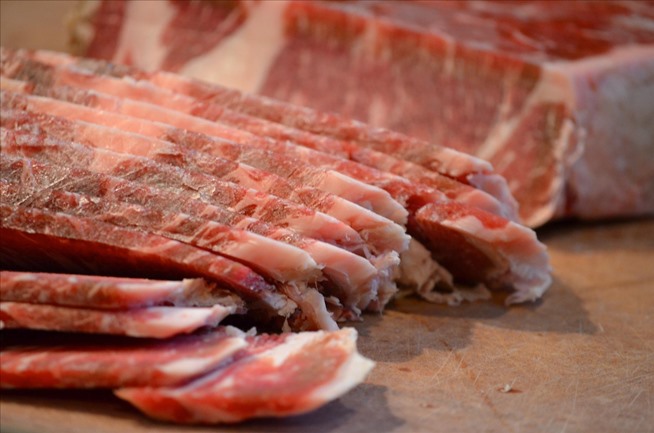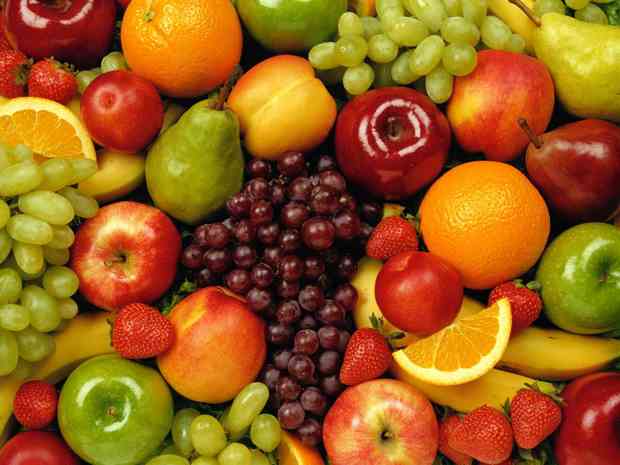Microwave is probably one of the household items that modern families cannot live without. It heats and reheats foods and beverages and can even cook some things if you’re doing it right. But, many of us are using the microwave incorrectly.

There are some things that you should never put in the microwave—foods and the containers they’re stored in. Microwave actually does not cook food evenly, which means that often bacteria present in the food will survive. If not used exactly as per the manufacturer instructions, the microwave can become dangerous: fires can start, even explosions can occur.
Read also: foods you should never reheated.
Did you know that you should never put these things in your microwave?

Shelled or unshelled, when a hard-boiled egg is cooked in a microwave, the moisture inside creates an extreme steam buildup. This works like a miniature pressure cooker, which also means that the egg can explode. To avoid unwanted explosion in your kitchen, cut hard-boiled egg into small pieces before reheating—or better yet, avoid putting it in the microwave altogether.
Processed and frozen meat

Processed meats often contain chemicals and preservatives that extend their shelf lives. Unfortunately, microwaving them can lead to the formation of cholesterol oxidation products (COPs) which have previously been linked to coronary heart disease. If you’re going to cook processed meat, do it on the stove top.
You also should never use the microwave to thaw out frozen meat. The uneven distribution of heat can cause some areas to overcook while others remain frozen. Studies have shown that this can allow bacteria to grow in the areas left cold, making them potential sources of food-borne disease.
Leafy greens
Some leafy greens are a bit dangerous in the microwave. Kale and other vegetables can spark when microwaved, potentially destroying the appliance and ruin your meal.
Breast milk
Many mothers freeze and store their breast milk for later use, which is actually great, as long as it’s not reheated in the microwave. Research has found that heating breast milk in microwave may destroy some of breast milk’s immune-boosting proteins, particularly in high power. The better way to thaw frozen or chilled breast milk is by preparing a mug of water, then place a bottle of breast milk in the mug to come to room temperature.

Whole fruit contains lots of water that can cause steam to build, leading to a potentially messy explosion. So, don’t even think about nuking your grape, peach, plum, or pear into your microwave (although we know you would never eat microwaved fruits).
Oil
Most cooking recipes don’t call for warming oil in the microwave, but you might try it if you’re making DIY massage oil or homemade beauty product. Although it is not particularly dangerous, it’s also not very effective. Microwaves heat food or liquid by sending electromagnetic waves through water particles, which causes the particles to vibrate and warm up. Because oil is virtually water-free, it doesn’t get that hot.
Never heat up tomato, bolognaise, or marinara sauce in your microwave if you don’t want the red sauce splatters inside your microwave. This happens because the thick consistency of the tomato sauce makes it difficult for particles to move around easily, so steam pressure builds up underneath and the surface until it finally erupts to release the steam.
Other than foods, there are also some food packaging materials that can cause trouble inside the microwave:
Brown paper bags
DIY paper bag popcorn is not a really good idea. Any glue and ink on a paper bag can emit toxic fumes in the presence of high heat. There’s also a chance that your bag can catch fire while you’re waiting for the popcorn. Next time you’re craving fresh popcorn, cook it on the stovetop. It may take longer time but it’s definitely safer.
Food stored in plastic
It’s obvious that plastic containers and wrap melt in the microwave if you leave them in for too long. But even if you think you can just quickly throw something in the hot box covered in plastic wrap before it has a chance to melt, it’s still not a good idea. Plastic contains endocrine-disrupting chemicals like BPA and BPS that leach into food. A study found that 95% of 400 plastic food containers tested, including those labeled as BPA-free, released toxins when the containers were subjected to heat from a microwave, dishwasher, and hot water.
Kitchenware with metal trim
Remember the word “metal” whenever you want to put your metal-trimmed food utensils into the microwave. It can catch fire.
Be careful with ‘microwave safe’ labels
If something has a microwave safe label, it often means you can microwave it without damaging the product or your microwave. That doesn’t mean the product can’t get extremely hot and become unsafe for you to touch after it’s been in the microwave.




